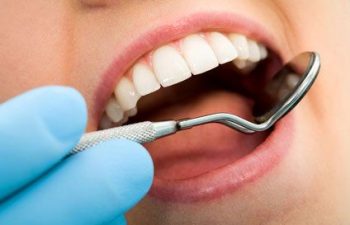While we may not want teeth that look like a beaver’s teeth, we can all learn something about the health of their teeth. Beavers have a natural defense against tooth decay that is built right into the structure of their teeth. A study by Northwestern University found that a beaver’s tooth contains iron in its enamel, which means that it is more resistant to harmful acids and decay than human teeth. Researchers hope that this finding will help dentists improve fluoride treatments as well as understand how to detect tooth decay sooner.
Human teeth have a structure that is very well ordered. Beaver teeth, however, contain an extra enamel layer that is somewhat complex. This layer contains pigments of magnesium and iron, which controls acid resistance on a beaver’s teeth.
Tooth decay is caused by bacteria and acids, as this is what breaks down the teeth. Dental caries remain one of the most chronic and common problems in the United States. The American Dental Association explains that more than $111 billion is spent each year in the dental chair, with the majority of that money being spent on tooth decay.
The biology of beaver teeth, which are distinguished from those of rats or rabbits, may be the next solution to improved dental care for humans. During the experiments, it was discovered that the beaver enamel was able to withstand acid exposure better and the iron and magnesium materials were longest lasting materials to offer protection.
Regardless of the structure of our teeth compared to that of a beavers, there is no excusing our need to brush, floss and see the dentist regularly. The iron component of a beaver’s tooth offers promise for the future of fluoride treatment. Until then, however, we should adhere to the current recommendations for optimal dental health.














